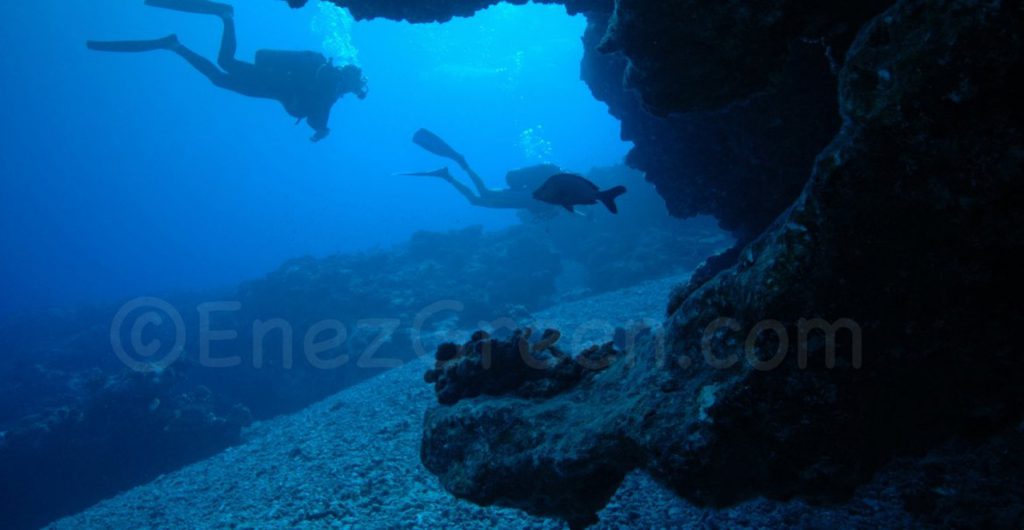For ten years, the fishermen interviewed by The Guardian, observed a decline in catches of tuna, swordfish and barracuda, which are evidence of the impotence of the islanders to stop illegal fishing.
Fishing would be allowed to island in a circle of 50 miles around the coast
The solution proposed therefore to protect fish stocks is to create the huge marine park extending over approximately 445,000 km2 largely prohibited all fishing.
Fishing would be allowed to island in a circle of 50 miles around the coast and in a corridor leading to Sala y Gomez, small uninhabited islands to the east, where a marine park exists. Apart from this small area, fishing would be prohibited in overlapping circles with a radius of 200 miles around Easter Island and Sala y Gomez.
The challenge of these huge marine protected areas is to control, knowing that it takes six days to reach the island from the mainland. The Chilean Navy has already conducted this year ten operations against illegal fishing, and helped register blacklisted the trawler usineLafayette (299 meters). It should strengthen its controls precisely in the area as part of the creation of the marine reserve.
“Show international leadership on conservation of the ocean”
The project is supported by the major part of the population who sees an opportunity to protect its halieuthiques resources and boost the image of their island became the unfortunate symbol of deforestation.
If they are rare on the island, the few opponents are wary of the Chilean government, which in 1950 created the national park land without involving the locals. If the park today is a success given the number of tourists, the benefits are not shared equitably with indigenous. Moreover, they see a form of privatization of the sea area by Chile, whose mining is the largest industry, and thus would reserve a future offshore mining potential for metals.
Strong supporter of the park, the Minister of Foreign Affairs of Chile has announced the marine park as an “international leadership on ocean conservation.”
The marine reserve project is supported, once will not hurt, by the Pew Foundation and the Bertarelli Foundation. It is part of a larger plan, dubbed Global Ocean Legacy, whose goal is to create a dozen such stores worldwide by 2022. Marine protected areas in Hawaii, the Mariana Trench and Chagos are included.




